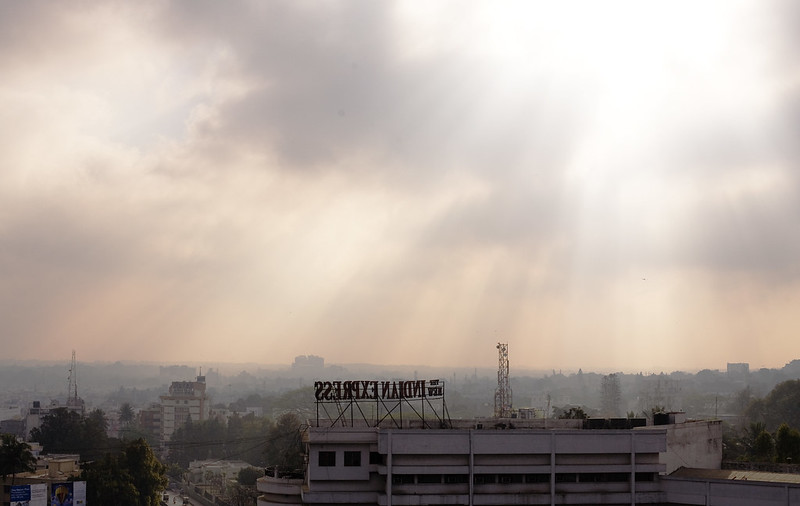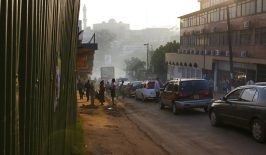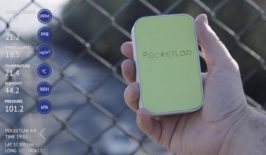The 2015 diesel emissions scandal, the recent debates on a possible speed limit for German motorways and a small group of lung doctors questioning whether nitrogen oxide and particulate pollution really does have an impact on human health – just to admit a few days later that they got some of their calculations wrong. When it comes to talking about the environmental and social impact of the automotive industry – particularly in Germany – the topic is a sensitive one, to put it mildly.
But air pollution is a topic that is certainly worth talking about. According to statistics from the World Health Organization, 4.2 million deaths are caused by air pollution every year. The mortality rate is attributed to exposure to small airborne particles 2.5 micrometers or less in diameter (PM2.5), which can cause cardiovascular and respiratory diseases and are thought to be carcinogenic. Even though Germany’s Federal Environment Agency has regularly measured particulate matter with a particle size of PM 2.5 in the country since 2008, the picture is incomplete. Measurements are only taken from the air near to the static measuring stations, and the focus is often on urban conurbations, i.e. areas with a lot of traffic or industry.
How could air quality be better measured and visualised? What effect do high volumes of traffic really have on the air? And how high is exposure to particulate matter and nitrogen oxide in residential areas? In a bid to find out – and to make data on air pollution more comprehensive and transparent – the OK Lab Stuttgart has launched the citizen science project luftdaten.info. OK Lab Stuttgart is part of the Code for Germany program of the Open Knowledge Foundation Germany, an organisation that works to enable access to knowledge and encourage democratic participation by developing technologies and tools that strengthen civil society.
On their website they have a step-by-step guide (available in five different languages!) on how to build your own air pollution sensor and install it on the wall of your home. The data collected by the sensor is then used by the OK Lab to create a constantly-updated particulate matter map – making the fine dust visible. While there are already a few in other parts of the world, most data points are currently found in Germany, the Netherlands and Belgium.
The project not only allows citizens to find out in concrete terms exactly what the air quality looks like on their own doorstep. It’s also gathering large amounts of valuable data and creating a complete and transparent picture of the air pollution issue – something which is indispensable when it comes to convincing politicians and policy-makers that change is needed and that air pollution is a (in)visible issue that we can’t afford to ignore.






